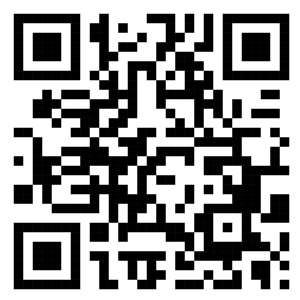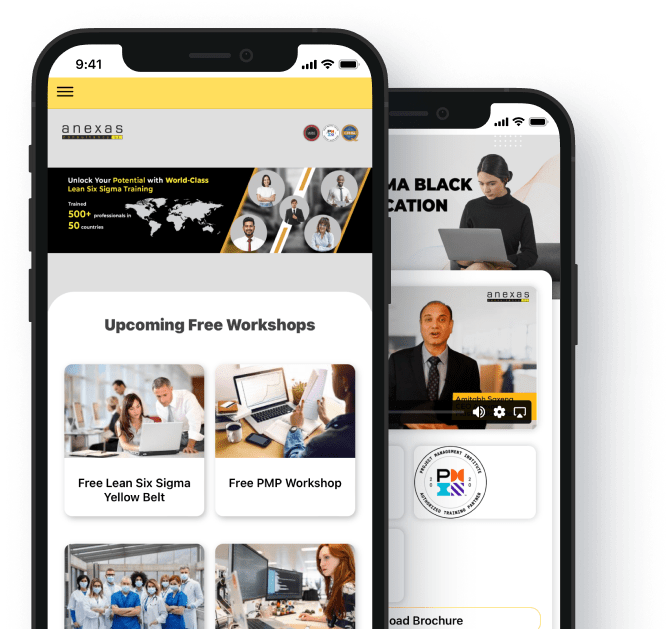Failure Modes And Effects Analysis
Play Video
FMEA- All possible failures in a design or a process or even a product can be detected using a smart approach called the FMEA or Failure Mode and Effect Analysis. Using the FMEA approach, one can document the current knowledge and actions about the risk and failures and use it for continuous improvement. Almost all the big companies use FMEA to assess and prevent risks. Ford applied the same approach to processes (PFMEA) to consider potential process induced failures prior to launching production. FMEA prioritizes the seriousness of a risk based on its consequences, the frequency of their occurrence,and their detectability. The main goal here is to take actions to eliminate or reduce failures, starting with the ones at the highest-priority. FMEA is used during design to prevent failures. It is also used for control, before and during ongoing operation of the process.
Examples Of Failure Modes And Effects Analysis
Design FMEA
This is a group of tasks that is done to realize and identify potential systems, or products or failures. DFMEA finds the consequences and outputs of these failures and actions and removes them to provide a written history of the work performed. DFMEA is useful in areas of manufacturing, software, business processes, service industries, healthcare, and regulated industries
Process FMEA
Manufacturers and process engineers aim to make a process error free. Now errors can be made inevitable and this can be done using PFMEA. PFMEA looks at each process step and identifies its possible risks and outcomes from various sources. These sources are : man, method, machinery, material, mother earth (environment), measurement
Functional FMEA
FFMEA or functional FMEA aims to recognize and analyze potential issues thereby introducing new functionality or design ideas that can be added into the design system. It is a pro-active tool that identifies functionalities and features to make the product more robust and failure resistant.
Here Are Some Few Tips To Become A CPHQ Professional
Play Video
Play Video
Training Options
Self Paced Learning
- Recorded Sessions of all CPHQ concepts- By Amitabh Saxena.
- Project guidance with Amitabh Saxena.
- Certified CPHQ trained certificate by Anexas Europe.
- Lifetime access to learning videos.
- Training material provided.
- One FREE online session with Amitabh Saxena.
Online Live Training
- 28-32 hours for Course completion.
- Live interaction with instant query clarification.
- Trained CPHQ Certificate from Anexas Europe.
- Access to learning videos.
- All training material will be provided.
- One free session with Amitabh Saxena.
- Diverse training batch
- Flexible timings
Corporate Training
- Customized duration for the course depending on the organization.
- Live interaction with instant query clarification with Amitabh Saxena.
- Company Specific training with company related examples and case studies for better understanding.
- Certified trained CPHQ certificate by Anexas Europe.
- Demo project completion to enhance Leadership and other major Healthcare Quality skills and techniques.
- Lifetime access to learning videos.
- Mock questions for better understanding of concept
CPHQ Course Content
Day 1
1. Quality Leadership and Integration
A. Strategic Planning
- Advise leadership on organizational improvement opportunities
- Assist with the development of action plans or projects
- Assist with establishing priorities
- Participate in activities that support the quality governance infrastructure
- Align quality and safety activities with strategic goals
B. Stakeholder Engagement
- Identify resource needs to improve quality
- Assess the organization’s culture of quality and safety
- Engage stakeholders to promote quality and safety
- Provide consultative support to the governing body and key stakeholders regarding their roles and responsibilities related to quality improvement
- Promote engagement and inter-professional teamwork
Day 2
2. Performance and Process Improvement
- Implement quality improvement training
- Communicate quality improvement information within the organization
- Identify quality improvement opportunities
- Establish teams, roles, responsibilities, and scope
- Participate in activities to identify innovative or evidence-based practices
- Lead and facilitate change
- Use performance improvement methods (e.g., Lean, PDSA, Six Sigma)
- Use quality tools and techniques (e.g., fishbone diagram, FMEA, process map)
- Participate in monitoring of project timelines and deliverables
- Evaluate team effectiveness
- Evaluate the success of performance improvement projects and solutions
3. Population Health and Care Transitions
- Identify data and resources that are important in determining the health status of
defined populations - Identify population health management strategies to integrate into improvement
initiatives - Incorporate prevention, wellness, and disease management solutions into
improvement initiatives - Incorporate techniques to address health disparities and promote equity into
improvement initiatives - Analyze and use clinical, cost, equity, and social determinants of health data to drive and monitor improvement efforts
- Identify opportunities for improvement in care transitions
- Collaborate with stakeholders to improve and optimize care processes and
transitions - Incorporate concepts of social determinants of health into improvement activities
Day 3
4. Health Data Analytics
A. Data Management Systems
- Assist in evaluating and developing data management systems to support quality
improvement - Design data collection plans:
- Measure development (e.g. definitions, goals, thresholds, numerators,
and denominators) - Tools and techniques
- Sampling methodology
- Measure development (e.g. definitions, goals, thresholds, numerators,
- Identify and select measures (e.g. structure, process, outcome, experience)
- Collect and validate quantitative and qualitative data
- Identify external data sources for comparison and benchmarking
- Design scorecards and dashboards for different audiences
B. Measurement and Analysis
- Use data management systems for organization, analysis, and reporting of data
- Use data visualization and display techniques
- Use measurement tools to evaluate process improvement
- Use statistics to describe data and examine relationships (e.g., measures of central tendency, standard deviation, correlation, regression, t-test)
- Use statistical process control techniques and tools (e.g., common and special cause variation, control charts, trend analysis)
- Compare data sources to establish benchmarks
- Interpret data to support decision-making
Day 4
5. Patient Safety
- Identify technology solutions to enhance patient safety
- Facilitate the ongoing evaluation of safety activities
- Apply techniques to enhance the culture of safety within the organization
- Integrate safety concepts throughout the organization
- Use safety principles (e.g., human factors engineering, high reliability, high-performance teams, systems thinking)
- Participate in safety and risk management activities related to:
- Safety event/incident reporting
- Sentinel/unexpected event review
- Root cause analysis
- Proactive risk assessment
6. Quality Review and Accountability
- Apply standards, best practices, and other information from quality-related organizations
- Evaluate compliance with internal and external requirements for:
- Clinical practice guidelines, pathways, and outcomes
- Quality-based payment programs
- Documentation
- Practitioner performance evaluation
- Patient experience
- Identification of reportable events for accreditation and regulatory bodies
- Maintain confidentiality of performance/quality improvement records and reports
- Implement and evaluate quality initiatives that impact reimbursement
7. Regulatory and Accreditation
- Evaluate appropriate accreditation, certification, and recognition options
- Promote awareness of statutory and regulatory requirements within the organization
- Support processes for evaluating, monitoring, and improving compliance with organizational, state, and federal requirements
- Maintain survey or accreditation readiness


